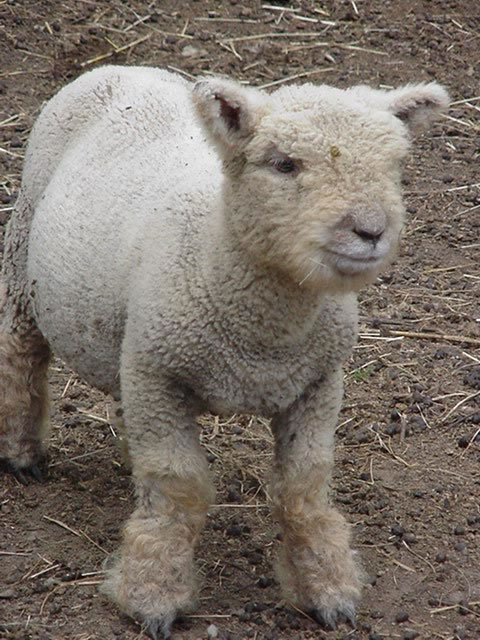
Pygmy sheep(Ovis aries Ouessant)
Phylum —chordata
Class — mammalia
Order — artiodactyla
Family — bovidae
Genus – ovis
Appearance
It is one of the smallest breeds of sheep in the world. Rams are around 49 centimeters (19 in) tall at the shoulder, and the ewes about 45 centimeters (18 in).
Most Ouessant are black or dark brown in color, but white individuals do occur. The rams have relatively large horns, and ewes are polled.
Origin
It is a breed of domestic sheep from the island of Ouessant off the coast of Brittany. These animals are currently being raised in a number of European countries including Germany, France, and Great Britain. In North America they are beginning to be bred in Massachusetts, and raised in California.
Behavior
Representatives of the breed have a friendly character. They are adapted to harsh living conditions, can graze on pasture all year round, eat all kinds of herbs and shrubs. These sheep are very rarely ill.
In general, animals avoid dark areas and prefer open, well-lit spaces.
Diet
Sheep are ruminants, and the best food for them is grass on the pasture. In winter, theyeat hay in unlimited quantities. Salt stone with minerals is also loved by sheep and is part of the standard equipment. Since hay is dry food, make sure that the animals have water freely available.
Reproduction
Puberty of rams and sheep occurs at the age of 180 days, they can bring offspring at the age of 1 year, the rut time occurs twice a year, in the spring usually one lamb is born. Lactation lasts 4-6 months.
In captivity
The average life expectancy is 15-18 years.
The sheepfold should be dry and light, with good ventilation. The floor is usually made of well-compacted clay. The area of the room is calculated depending on the number of animals.
In the room there are feeders and drinkers, which are used as troughs with a lattice fence or make a manger out of wood with their own hands. Corrals are insulated with a thick layer of straw or sawdust, which protects the sheep from dampness and cold.
In the spring and summer, the animals are mostly out in the open air. The fence must be at least 0.5 m high. It is advisable to arrange a shed so that the sheep are not hot under the scorching sun or wet in the pouring rain.
 Russian
Russian
 English
English


















